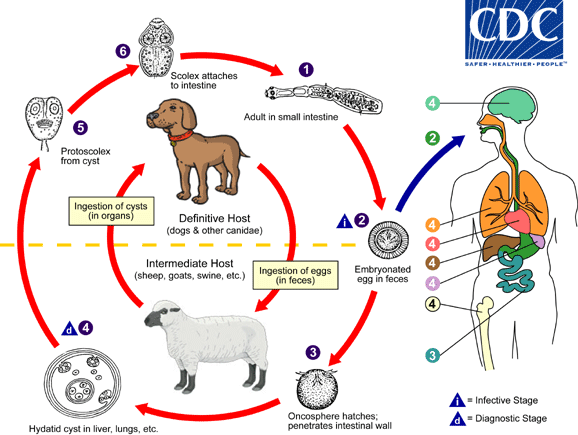Rabid: 9 years gone and things are worse

For about nine years now, I have been traveling to Baltimore on a semi-annual basis. I go to the Johns Hopkins Bloomberg School of Public Health and deliver, more or less, the same talk, year after year, about rabies.
9 years, and more deaths.
It's part of the vector-borne section of the course. While not a vector-borne disease (unless we wish to think of dogs as a vector between us and bats--a bit of a stretch, if you ask me), rabies is considered one of the Neglected Tropical Diseases (NTDs), and because it's a preventable cause of horrific and needless suffering it needs to be somewhere.
Opening Salvo
I always preface my talk with two informal survey questions:
Does anyone know what the OIE is?
Does anyone know what One Health is?
Answers:
OIE stands for Office International d’Epizooties, or World Organisation for Animal Health (yes, they use the British spelling of “organization, which I think is a political statement, but that’s another post). It’s kind of like the WHO for animals, and it is based in Paris.
One Health is a concept advanced by the American Veterinary Medical Association, the CDC, and other organizations. The CDC states “One Health recognizes that the health of people is connected to the health of animals and the environment. The goal of One Health is to encourage the collaborative efforts of multiple disciplines-working locally, nationally, and globally-to achieve the best health for people, animals, and our environment.”
I think that over the years, I’ve had maybe three ‘yes’ answers to these questions, combined. The conclusions are obvious:
The OIE is failing in its mission to educate the other health professions, as well as the general public, on the importance of animal health, both as it relates to animals alone and to human health as well.
The One Health concept is a failed attempt by the veterinary profession to assert its presence into discussions of public health. It represents the profession’s inability to move itself from the general world of agriculture (where it is also clearly important) and place itself among the disciplines of other health sciences.
(As a veterinarian, we are used to being the red headed stepchild of the medical professions, so this doesn't really surprise or irk me. Sometimes, we even create brilliant concepts, like One Health, so we can pretend that it’s really a thing for those outside of our bubble.)
So, what’s the problem here, specifically regarding rabies?
Let me preface this by saying that , I don’t really trust rabies statistics. The latest updates I’m reading estimate the annual number of rabies deaths at 59,000. Given that most of these deaths come from rural areas in Africa and Asia with poor access to treatment and prevention, I’m not sure how they come up with that number. (On my to-do list: contact a rabies epidemiologist.) What I do know is that when I first started giving the talk, the number was 25,000 – 50,000. The range itself, varying by 100% of the low number, inspires doubt in and of itself.
That noted, the trend over the past nine years is at best level, and at worst shows an increase of 18%. Rabies does not get a lot of attention. Most diseases of the poor—Chagas’ disease, cysticercosis, leishmaniasis, hydatid disease, and others—get little attention. AIDS/HIV, tuberculosis, and malaria are the exceptions, but two of those are not restricted to poor areas overseas. Rabies kills “only” 59,000 people a year, a number that pales in comparison to the other diseases listed here. But working on one disease does not preclude working on another. Rabies is low hanging fruit. The numbers of rabies deaths are skewed towards children. Rabies is not a medical mystery. The bottom line is that no one should die the horrible death that comes with rabies infection.



















